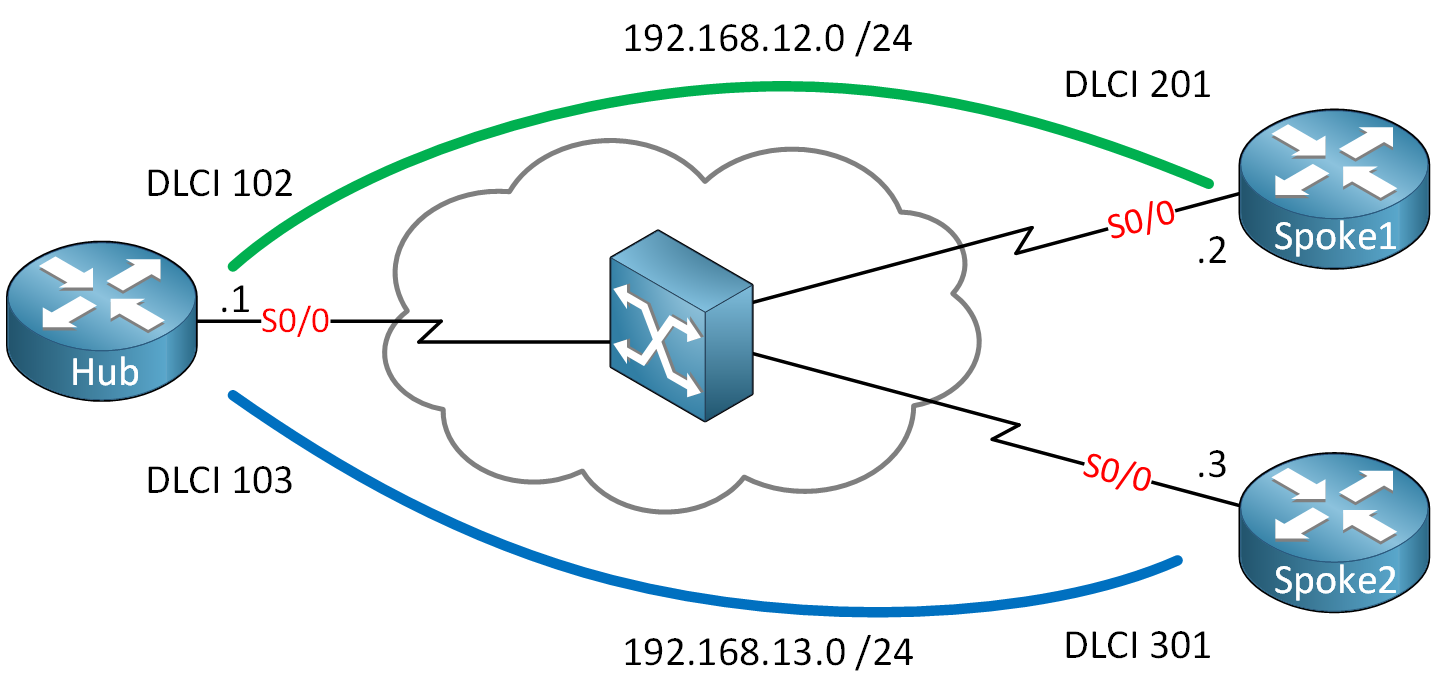

- FRAME RELAY SIMPLEDIAGRAMS PDF
- FRAME RELAY SIMPLEDIAGRAMS INSTALL
- FRAME RELAY SIMPLEDIAGRAMS ARCHIVE
US5MSQ: coils for PDF can be performed on almost any frames you have, and the results (basic parameters of PDF) will be almost the same with sufficiently low losses, of course it comes about correctly designed, and these are published by the main majority. Thus, if we wind a coupling coil with the number of turns 1/10 of the loop, in reality it will approximately correspond to the coefficients 1/10, 1/11 and 1/13. In these cases, for a more accurate reflection of the coupling coefficient (mutual induction), we introduce a correction factor - for the 1st case of the order of 1-1.05, the second - 1.1-1.2 and the third -1.3-1.4. They are wound, as a rule, over the middle of the contour, over the edge of the contour closer to the grounded end or, if the frame is sectional, in the section adjacent to the grounded end. Well, one more important point regarding the calculation and manufacture of communication coils.

Do not forget to smooth the sharp edges of the rings with an emery or a file before winding. We wind up evenly by laying the turns until they are completely filled - on the 2000NN 7x4x2 rings (for Tr3 and Tr4 they are glued together by 2), about 15-16 turns were obtained. I did this - I measured three identical conductors with a ruler (16cm for Tr1 and Tr2 and 24cm for Tr3 and Tr4), cleaned and tinned the ends, soldering one side in the form of a needle (with this side we will wind up in the future), clamped it in a vice and twisted it by hand to the level of about 3 twists per cm. It is important to ensure that the windings are identical in the transformer itself. You can calculate the specific number of turns for your ringlet using standard formulas, it is convenient to use the plate developed by Yu. US5MSQ:As for the winding data of transformers, it is possible to use any ferrite rings with a diameter of 7-12 mm and a permeability of 600-3000, it is important to provide an inductance for the first mixer of at least 50 μG (about 60-80) and for a detector / modulator at least 170 (). 2 Diagram of bandpass filters with an attenuator and a swinging amplifier on VT1. I will add on my own, if you observe all the voltages that are indicated on the diagram, the setup questions will disappear by themselves.įig.
FRAME RELAY SIMPLEDIAGRAMS ARCHIVE


FRAME RELAY SIMPLEDIAGRAMS INSTALL
The fact is that I had a long period of creative crisis, so to speak, and I did not go in for radio sports, due to moving from the countryside to the city, and I did not have the opportunity to install an antenna for at least one band, I postponed my favorite business for a long 7 years. Today we will talk about the Radio-76 transceiver, or rather about its modernization, with the permission of the author of the diagram, I will not call it that, since there is little left of the Radio-76 transceiver.


 0 kommentar(er)
0 kommentar(er)
